
Developer: Kadokawa Games
Publisher: NIS America/Kadokawa Games
Platform: PlayStation 4, PlayStation Vita
Tested on PlayStation 4 Pro
God Wars: Future Past – Review
A strategy/tactical roleplaying game requires a lot of tactical approach with a deep combat and strategy system that is both appealing and challenging as you move units in a turn based fashion, over a grid-based map. You could best compare it to a decent game of chess where every unit moves as a chesspiece and every move can decide victory or defeat. Games like Final Fantasy Tactics, Tactics Ogre and Disgaea are very known examples and introduced this unique approach on classic turn based roleplaying games. Kadokawa Games has been known to dabble in roleplaying games and have tried to appeal fans of tactical roleplaying games with NAtURAL DOCtRINE. The latter was a decent effort with lots of innovations but was fatally compromised due to its punishing difficulty and lack of replay ability. A few years later, they decided to try anew with God Wars: Future Past, where they seem to go back to basics in both setting and gameplay. 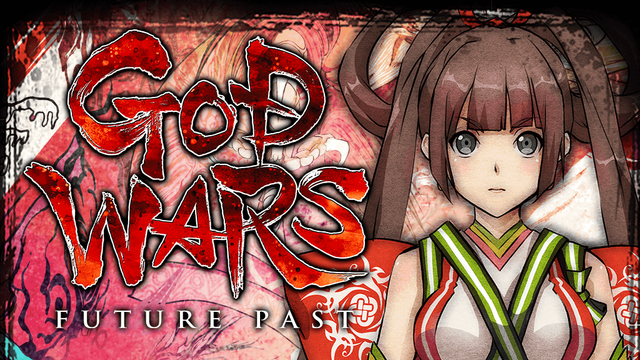 Story
Story
The story takes us back, a long way back. Back to the early days of the lands of Mizuho, which are divided into three kingdoms called Izumo, Hyuga and Fuji. These lands would later be known as the modern nation of Japan. The story starts to unfold in Fuji, where the citizens are plagued with natural disasters and conflicts. As all of these are believed to be ascribed to the anger of the gods, the high priestess and leader of Fuji, Lady Tsukuyomi, had no other choice than to sacrifice her daughter Sakuya, by throwing her in the volcanic depths of Mount Fuji. This brought about a period of calm that lasted thirteen years. Alas, trouble sterns once again and Lady Tsukuyomi has vanished without a trace. Her youngest daughter, Kaguya has been locked inside a prison sealed by the Bamboo gods. Kintarou, Kaguya’s childhood friend, sees the injustice of her imprisonment and releases her. Both of them leave Fuji, as Kaguya decides to search for her long lost mother and seek answers for all that has happened.

Even though the story introduces a diverse, colorful cast of characters and the appealing setting of Japanese folklore, God Wars fails to keep the story interesting for the whole ride. Of course, that doesn’t mean that it contains a bad story but it just keeps lingering due to a series of distractions. These constantly recurring distractions consist of going from point A to point B searching for a certain person, only to be turned away, meeting other characters that force you back in order to find another person or item. Instead of a compelling sequence of events, the plot loses focus too often and slows down the pace of the story.
Another aspect of God Wars’ struggling points is the ‘requests’ system which can be found at shrines along your path in the story. These requests consist of short mission objectives that give you a brief view of the situation and throw you into battle immediately after. This feels like a missed chance as the developers had the option to add some written side quests which would deepen the background of the world and its characters. Aside from farming much needed experience and job points, the shrines offer no convincing value to the game.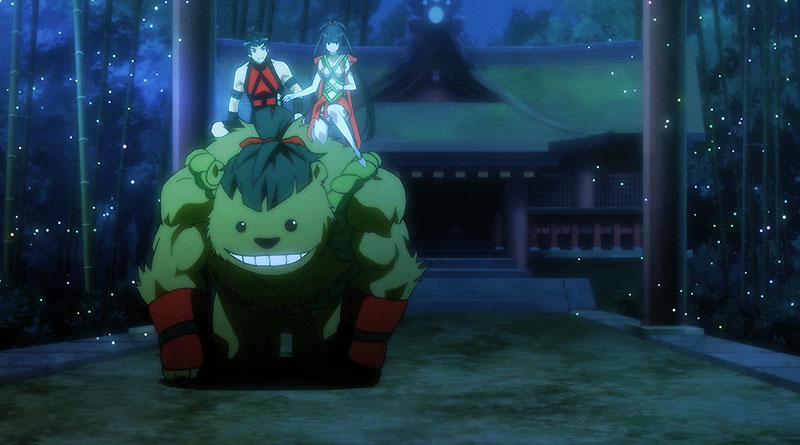
Graphics
Overall, God Wars: Future Past is a visually beautiful and stunning game. Everything from character and monster designs to the lay out of the ingame menus and backgrounds looks astonishing. Especially the creature or monster designs are worth mentioning as they’ve been designed by none other than Sawaki Takeyasu, the artist behind games like Okami and Devil May Cry. The story itself is presented through the use of colorful cutscene art panels that transition smoothly into fully animated video sequences. Japanese mythological lore has been brought to life in an incredibly satisfying way that gives this game a unique flavor.
Unfortunately this visual masterpiece offers one heartbreaking eyesore. The actual gameplay graphics fail to uphold the overall visual quality of the game, as it has clearly been designed for PlayStation’s portable platform. The flimsy 3D chibi-like models, color palette and maps feel a tad outdated on the main video gaming platform.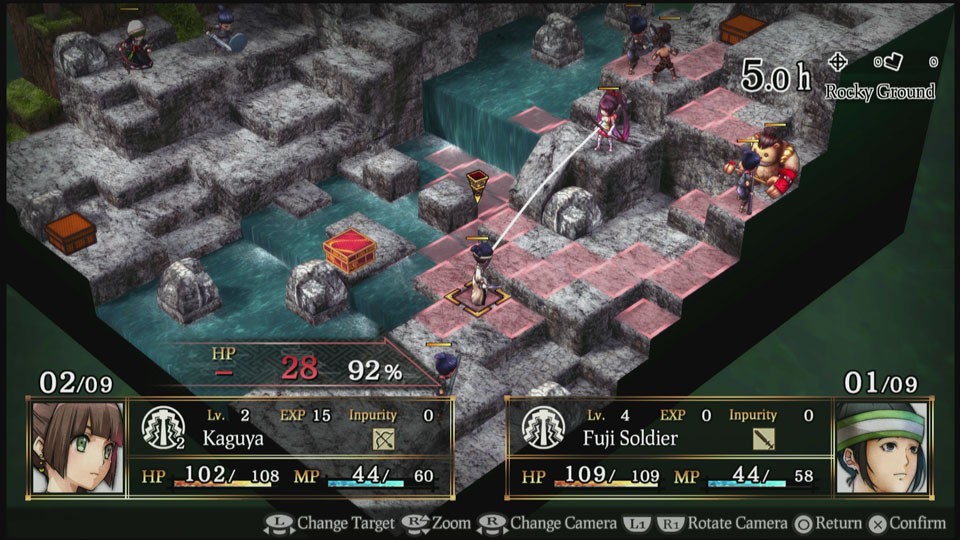
Sound
If we take a closer look at the games’ soundtrack, it’s as impressive as its visuals. A beautifully orchestrated soundtrack guides you through the game like a gentle breeze in the background. The music matches the mythological and Japanese setting perfectly as it adds a wonderful mix of traditional Japanese instruments and oriental tunes. If we can mention one minor point of criticism to the game’s audio, its the peculiar fact that the animated cutscenes don’t contain English subtitles at all, especially when it’s meant to be played with the Japanese voice-overs. Most of the dialogues on the other hand, are voiced and subbed in English. Although you’ve got the option to choose for the English dubbing, it’s better to skip it as it sometimes misses the emotional connection with its characters while the Japanese voice-work is far superior.
Gameplay
God Wars: Future Past is a tactical roleplaying game that borrowed most of its ideas and gameplay from classics like Final Fantasy Tactics, but seems to take a careful approach in improving the old formula. Unfortunately, due to the lack of a real backbone and taking risks, the gameplay remains far too simple and innocent.
Like most tactical RPG’s, God Wars is played on a grid-based map from an isometric perspective where you move characters in turn. The range of the characters’ movement depends on their stats and the job they’ve equipped. When in range of opponents, you can take them about by using a wide range of skills and abilities. Every knock-out and end of battle, grants experience and job points that improve your characters. Alas, the majority of the battles are a tad too easy and scripted. Especially the latter, as there are no random encounters when traversing the map, which makes leveling characters hard. The only other option is the shrine system, which we’ll discuss later in the review.
The job system allows you to assign job roles to the characters such as monk, priest, archer… These jobs eventually grant them job specific skills and abilities, both passive and active, as your job level increases by gathering job points. These can be earned through performing actions during combat. Each character can be assigned up to 2 job roles at the same time namely a major and a sub job. The sub earns the least amount of job points, while normal jobs gain the most. Aside from the main and sub jobs, each character also has a unique job that is character bound which means they can’t be learned by others. More jobs can be unlocked by leveling the other jobs. Although this gameplay element has been used before in other games, God Wars tries to improve the core by adding more strategy and options during combat.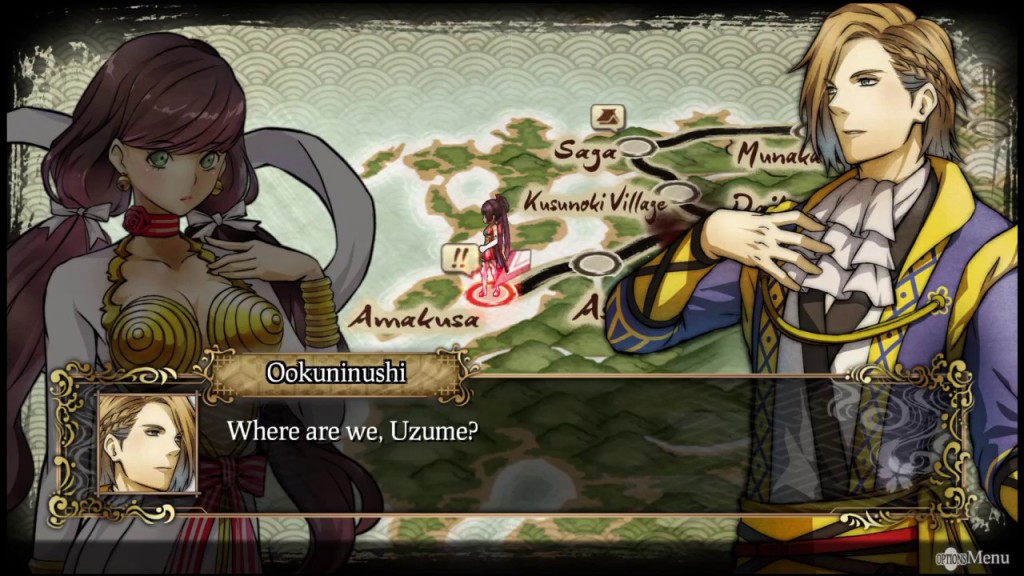 This isn’t the only strategical factor this game has to offer though. During combat, the success rate and damage of your actions are influential due all kinds of conditions. For example, the lay-out of the terrain and the elevation (i.e. attacking from higher ground) influence your aim and damage rate. Another example is the direction from which you attack your opponents. Attacking them from the front doesn’t always mean you’ll be able to knock off enough hit points. Giving them a beating from the flanks or from behind will deal considerably more damage and even increase the chance for a critical hit.
This isn’t the only strategical factor this game has to offer though. During combat, the success rate and damage of your actions are influential due all kinds of conditions. For example, the lay-out of the terrain and the elevation (i.e. attacking from higher ground) influence your aim and damage rate. Another example is the direction from which you attack your opponents. Attacking them from the front doesn’t always mean you’ll be able to knock off enough hit points. Giving them a beating from the flanks or from behind will deal considerably more damage and even increase the chance for a critical hit.
As mentioned before, the shrine/request system offers separate missions without any real story value. These missions can be replayed endlessly, and are the only way to gather more experience and job points. During these missions, you can adjust conditions such as gaining more experience points or inviting certain enemy types, by offering objects or gold at the shrine. The system might show potential and hard to ignore, it still remains too shallow and brings down the pace of the gameplay experience. This way, leveling characters becomes a tedious grind.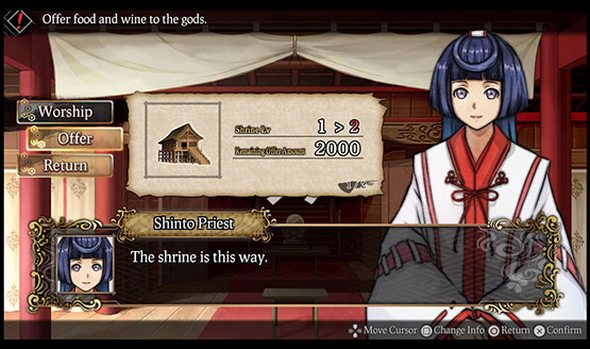
Conclusion
Kadokawa Games really delivers a decent tactical RPG with God Wars Future Past that reuses the old school tactical roleplaying approach we know from games like Final Fantasy Tactics and Tactics Ogre. Unfortunately, aside from a strong cast of characters, it lacks any real improvements and personality to stand on its own. The old school approach might scare off newcomers while fans will definitely find their delight going back to the basics. Either way, we’ve enjoyed God Wars and recommend it to anyone who loves tactical roleplaying games and Japanese animation.
God Wars: Future Past - Review,
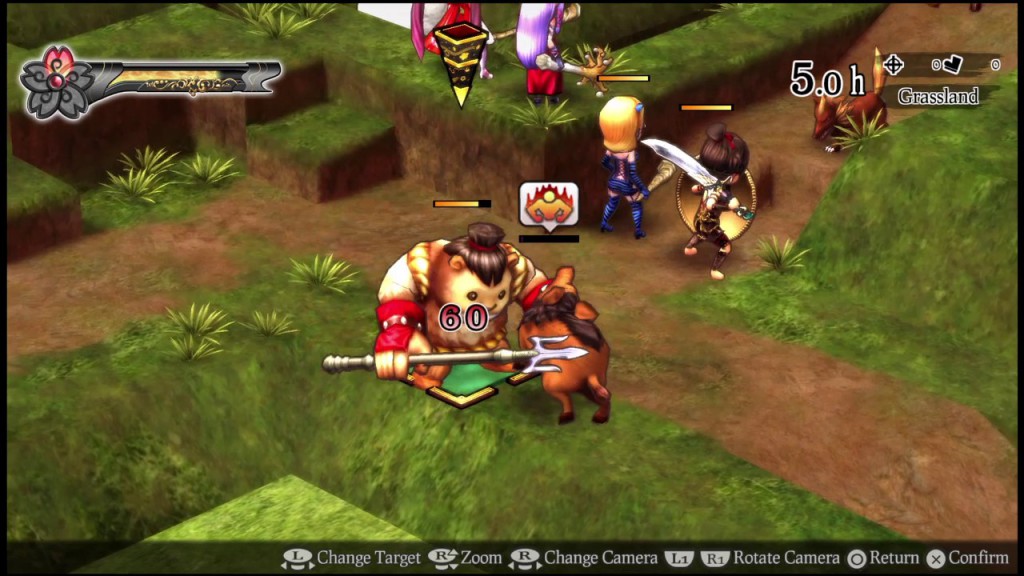


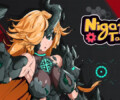
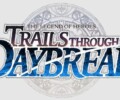
No Comments